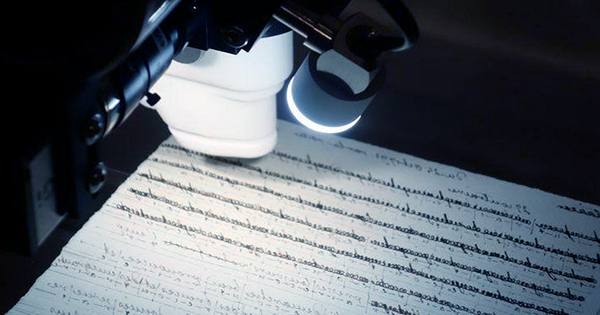Marie-Antoinette, France’s last queen remains a symbol of controversy and fascination 228 years after her execution. There are many misunderstandings about her, the most famous of which being that she stated, “let them eat cake,” which she never actually said. The redacted secret letter between the Austrian-born royal and the Swedish count Axel von Fersen, for example, is one of the queen’s mysteries. Count von Fersen was a close friend of Marie-Antoinette and has rumored to have her lover. “The letters date from June 1791 and August 1792 right in the middle of the French Revolution while the royal family was kept under close surveillance at the Tuileries Palace,” which no longer exists. Fersen helped organize the flight to Varennes, the Royal families failed attempt at escaping France. Therefore, historians had hoped that within these letters secrets of their relation and such plans could gather.
However, long after the letters delivered, words and entire phrases redacted, and their secrets have maintained for 150 years. The secrets of those letters have now been uncovered thanks to technological developments. The research published in the journal Science Advances.
Words like “dear,” “sensitive friend,” “adore,” and “madly” appear in the letter, indicating a tight bond between the two. It is also possible that some of Marie-letters Antoinette’s were just duplicates of the originals. The scientists were able to determine who made the copies by comparing the copper-to-iron and zinc-to-iron ratios of inks in the original texts with ink in the redactions.
Even more intriguing, the work revealed the censor’s identity. It was Axel von Fersen himself, not a member of the von Fersen family. According to the researchers, led by Anne Michelin, this indicates that the letters had significant sentimental and/or political value for the Swedish count.
“Another objective of the analysis, by identifying Fersen as the censor,” the authors said in the report, “is to see the value of the letters received and delivered to him, whether by romantic attachment or by political strategy.” “Rather of deleting his letters, he decided to save them but redact some passages, claiming that he intended to safeguard the queen’s honor” (or maybe also his own interests). In any event, the redactions are a method for him to mark which portions he considers private. The mystery of these censored portions, which distinguish this correspondence from the rest, maybe the reason why it was saved when the rest was substantially destroyed.” The scientists used x-ray fluorescence spectroscopy to microscopically scan the letter in a non-destructive manner. They were able to recover what was concealed beneath the filtering by combining this with data processing tools.
















